Engaging Printable Physical Science Worksheets for Kids Ages 5-6 – Fun Learning Activities and Resources - Page 2
42 filtered results
-
From - To
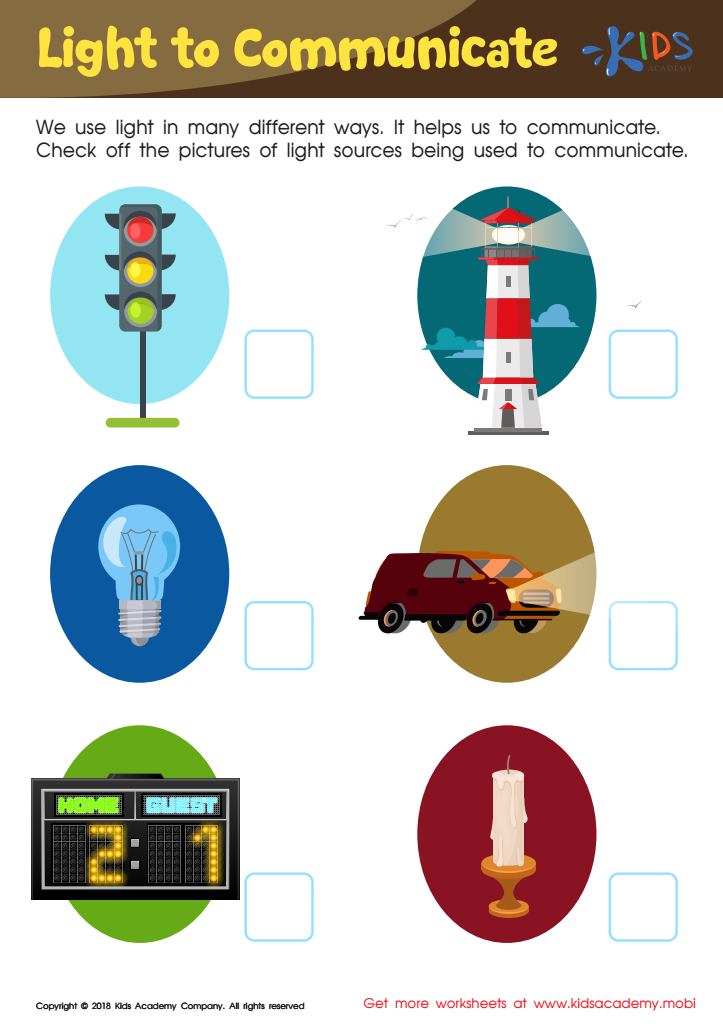

Light to Communicate Worksheet
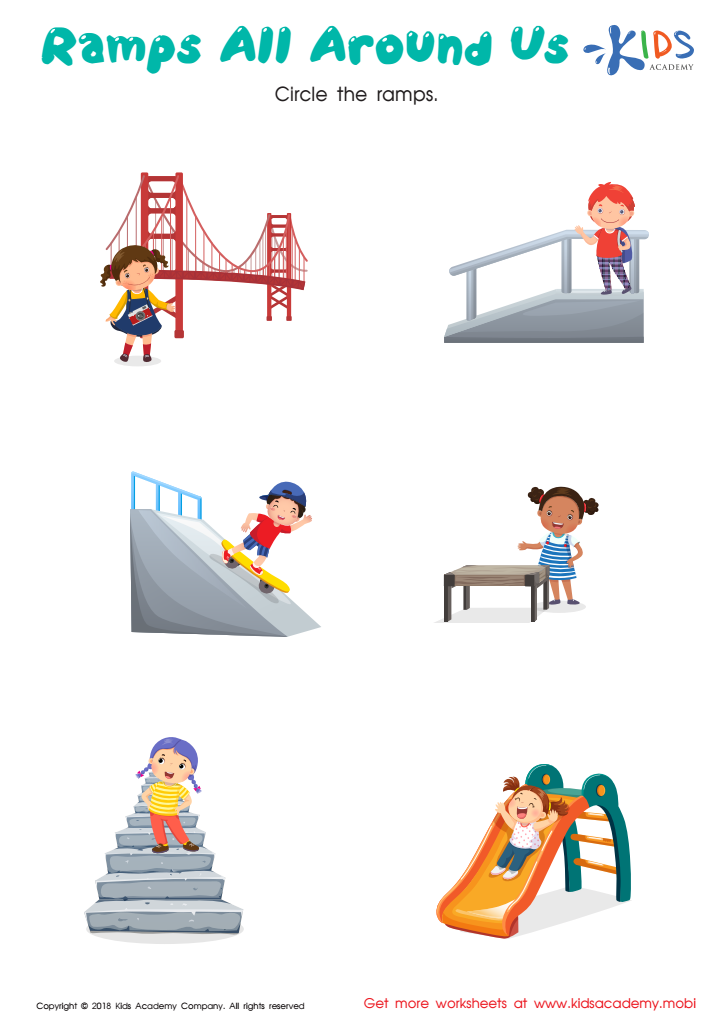

Ramps All Around us Worksheet
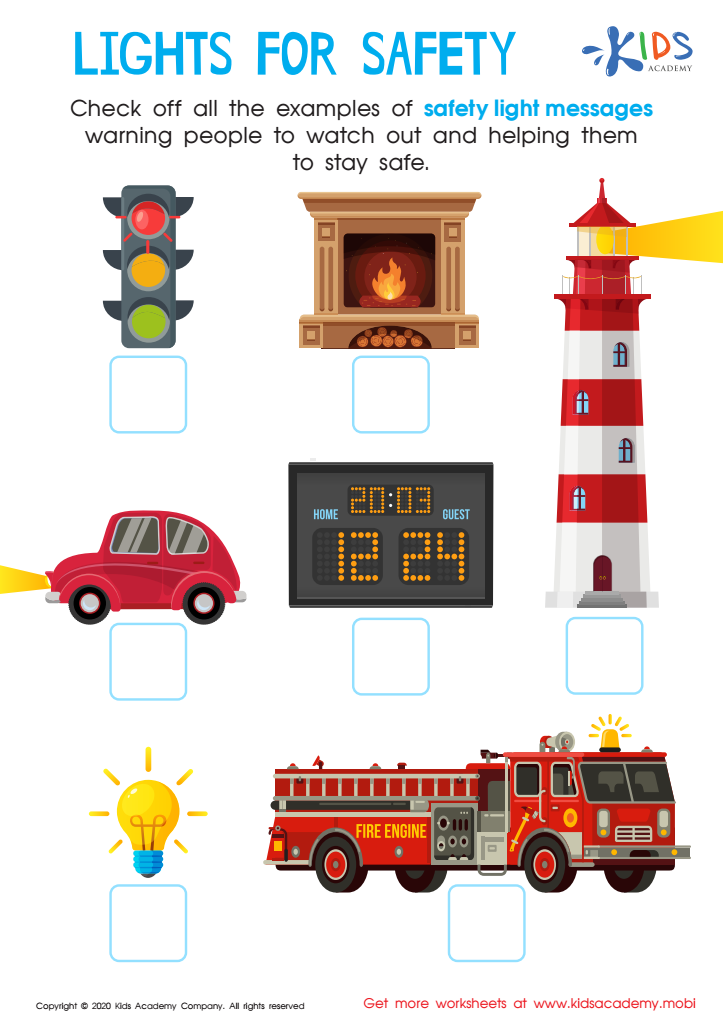

Lights for Safety Worksheet
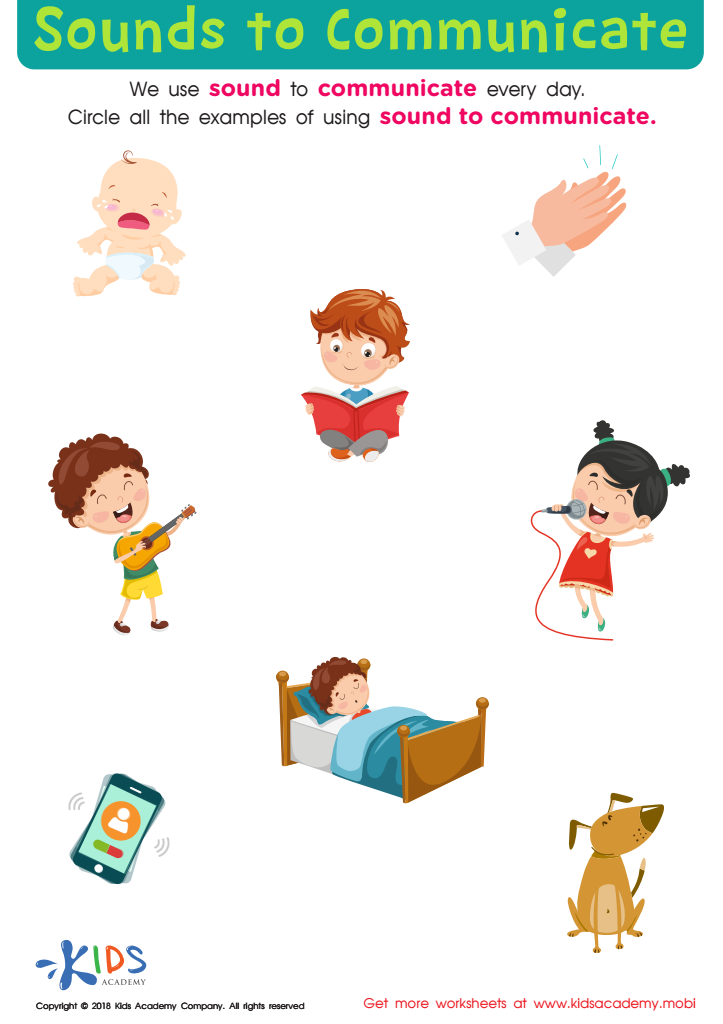

Sounds to Communicate Worksheet
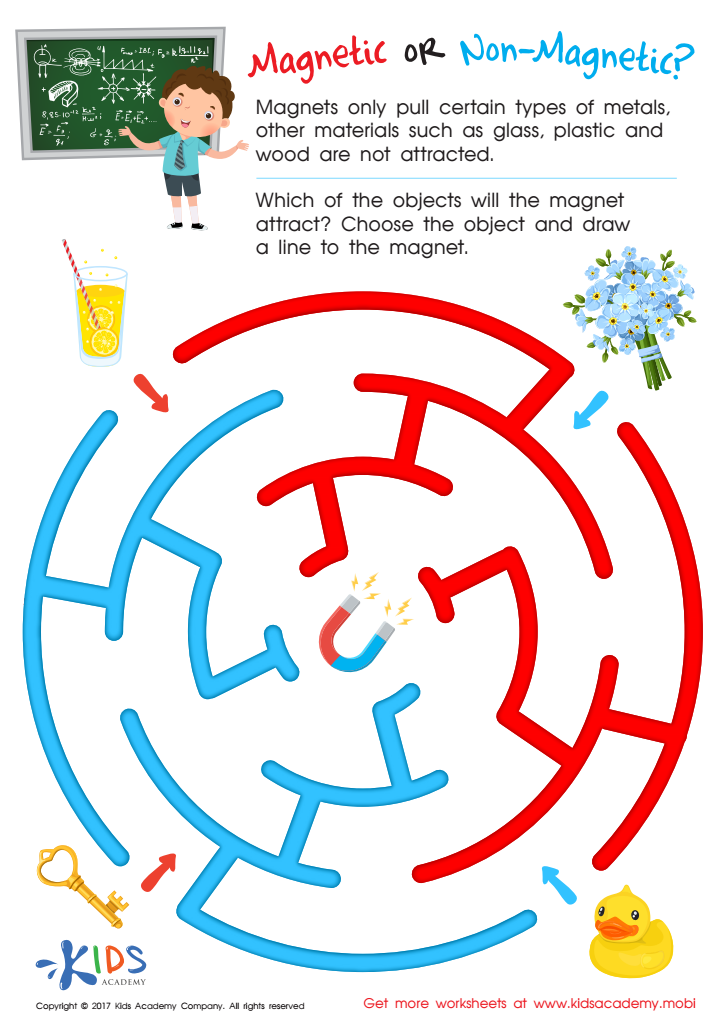

Magnetic or Non–Magnetic Worksheet
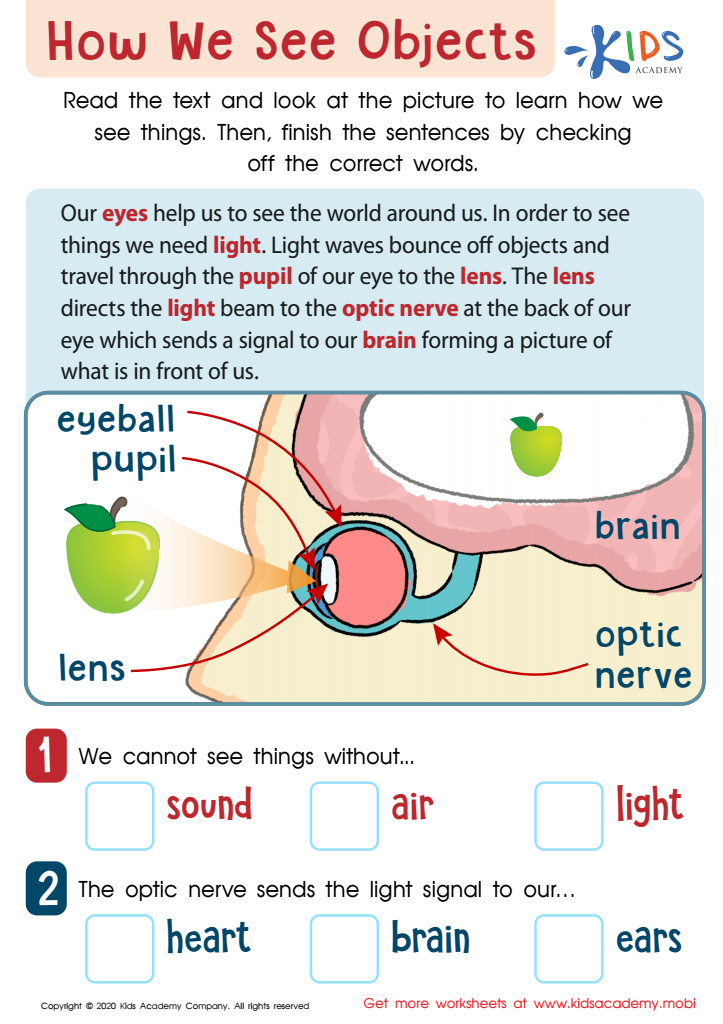

How We See Objects Worksheet
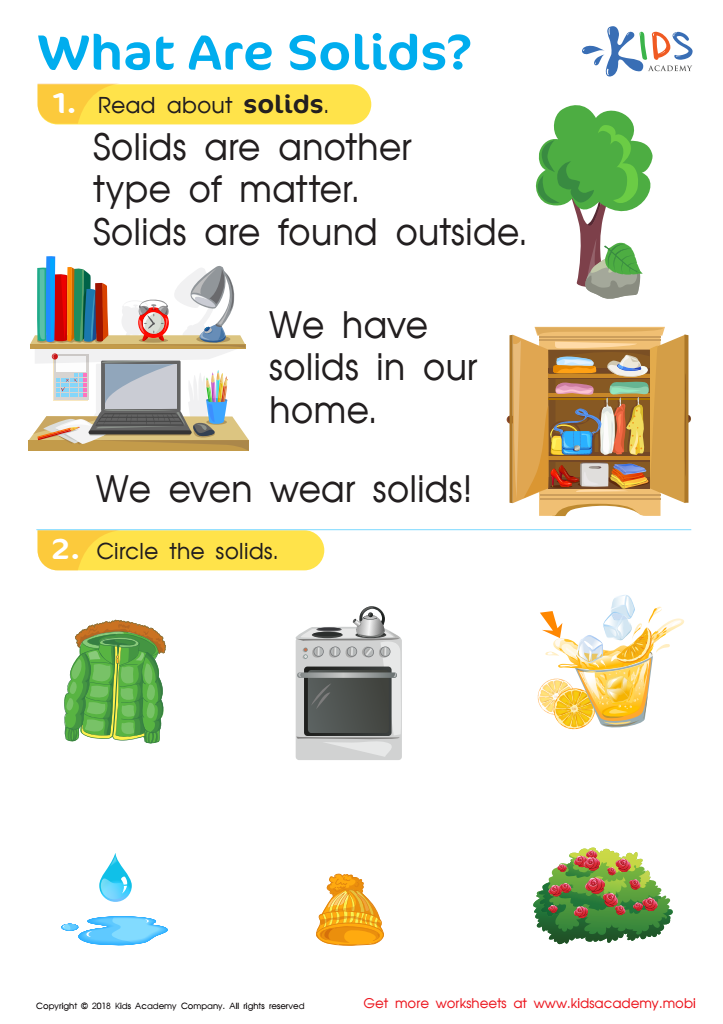

What Are Solids? Worksheet
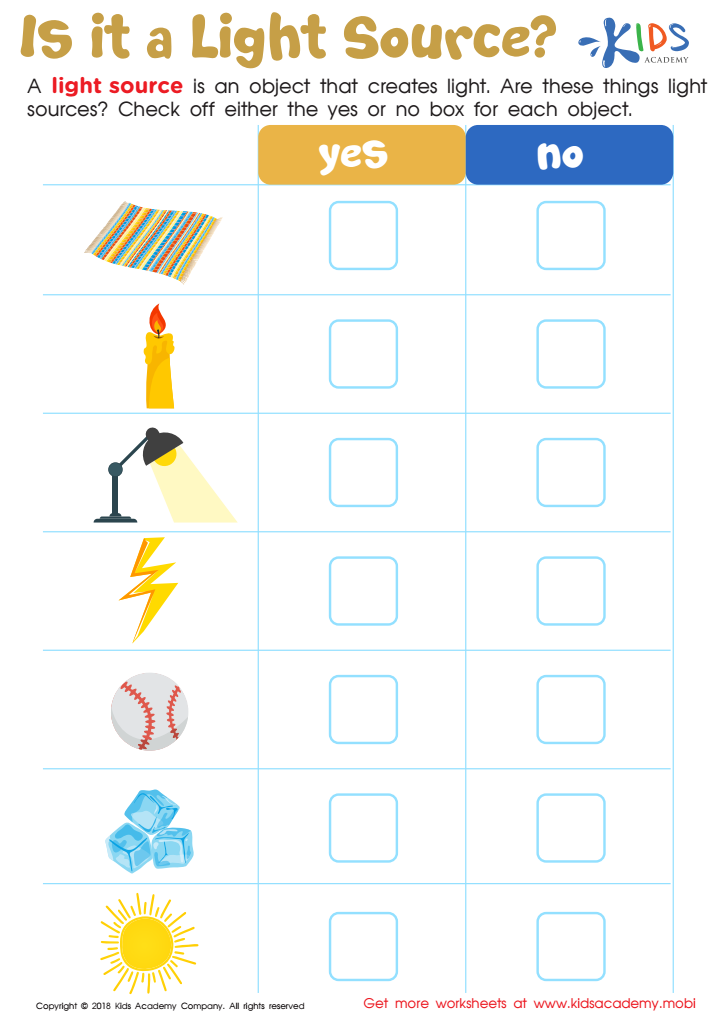

Is It a Light Source? Worksheet
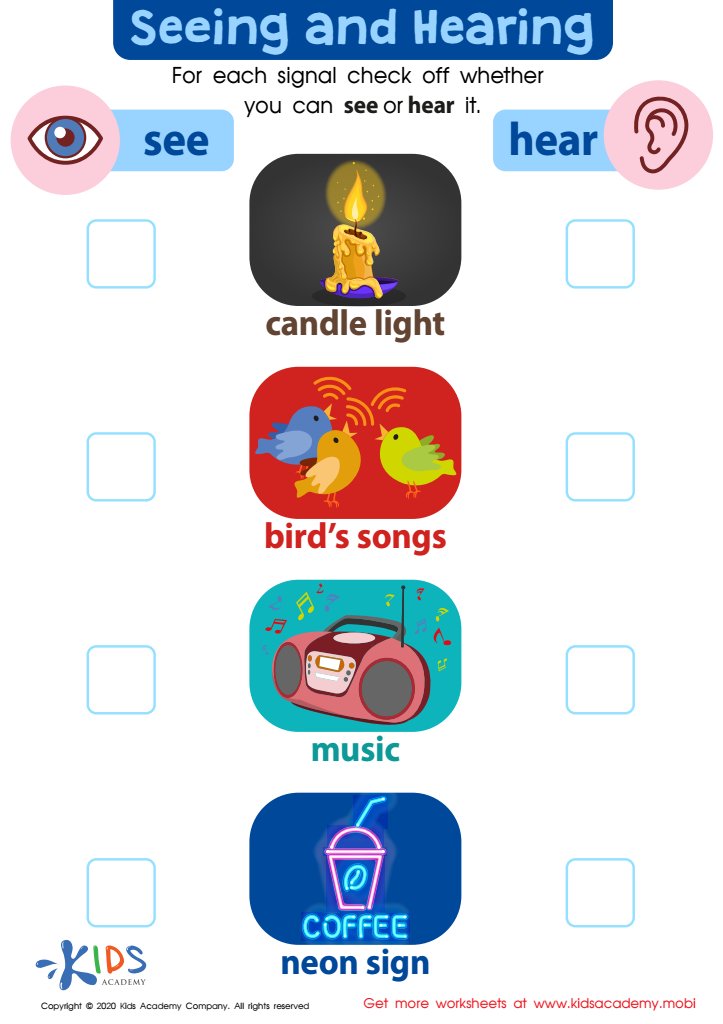

Seeing and Hearing Worksheet
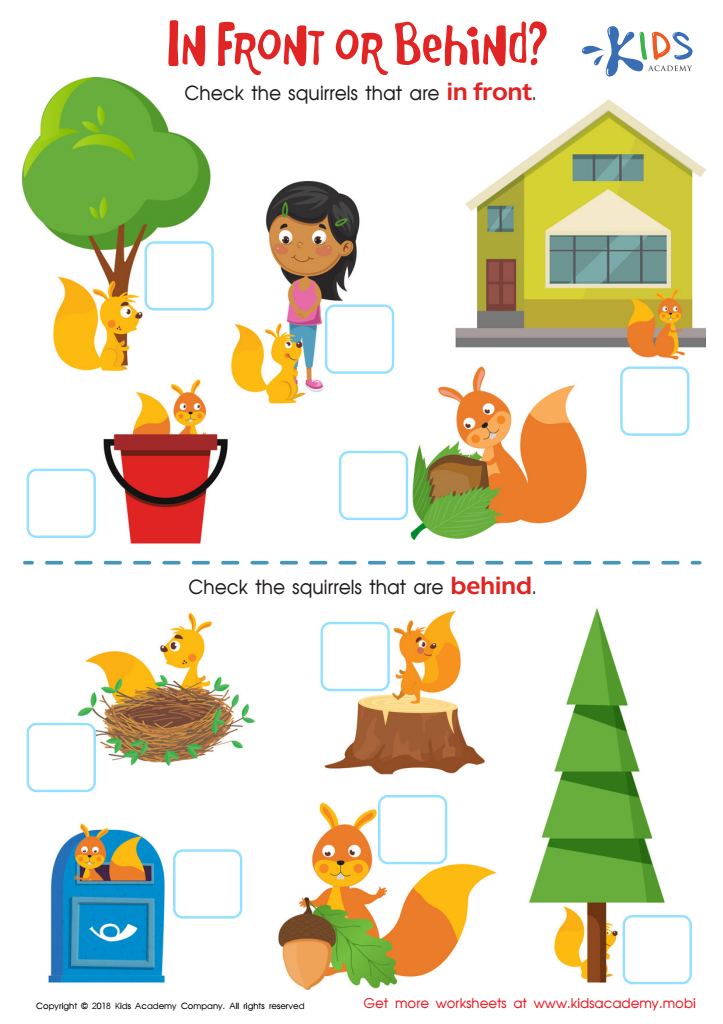

In Front or Behind: Part 2 Worksheet
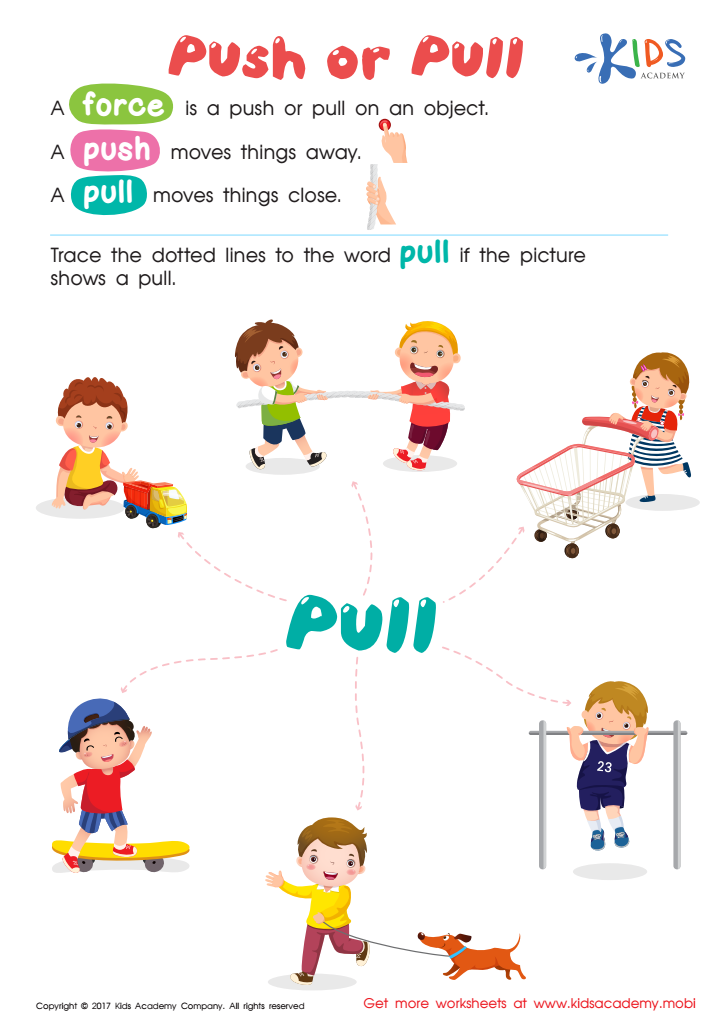

Pull or Push Worksheet
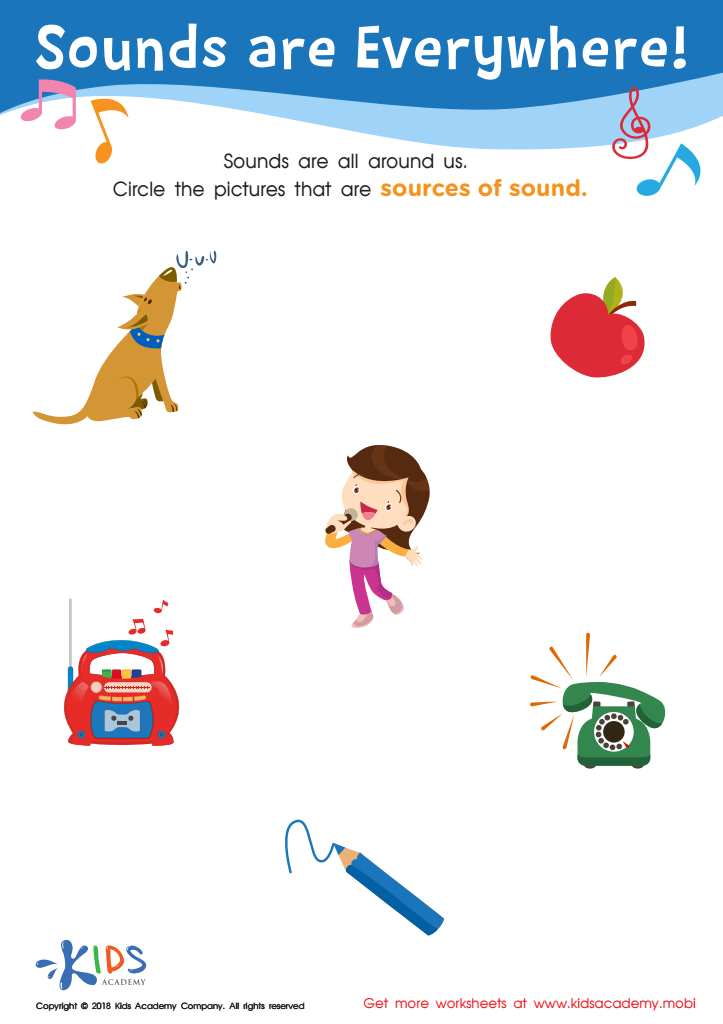

Sounds Are Everywhere! Worksheet
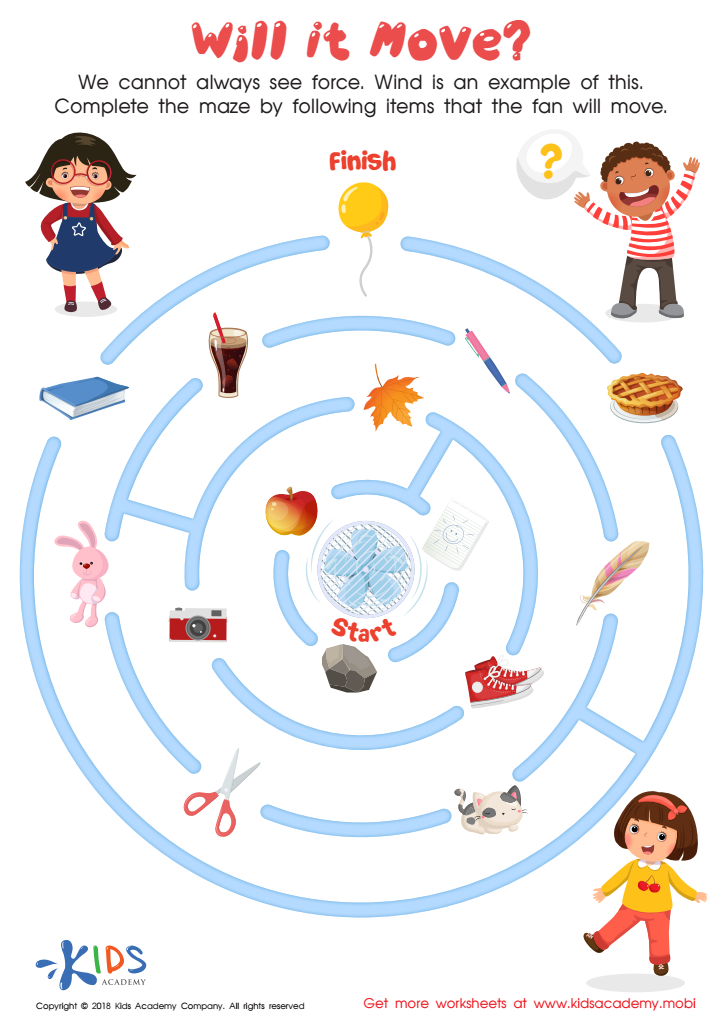

Will it Move? Worksheet


Down it Goes Worksheet
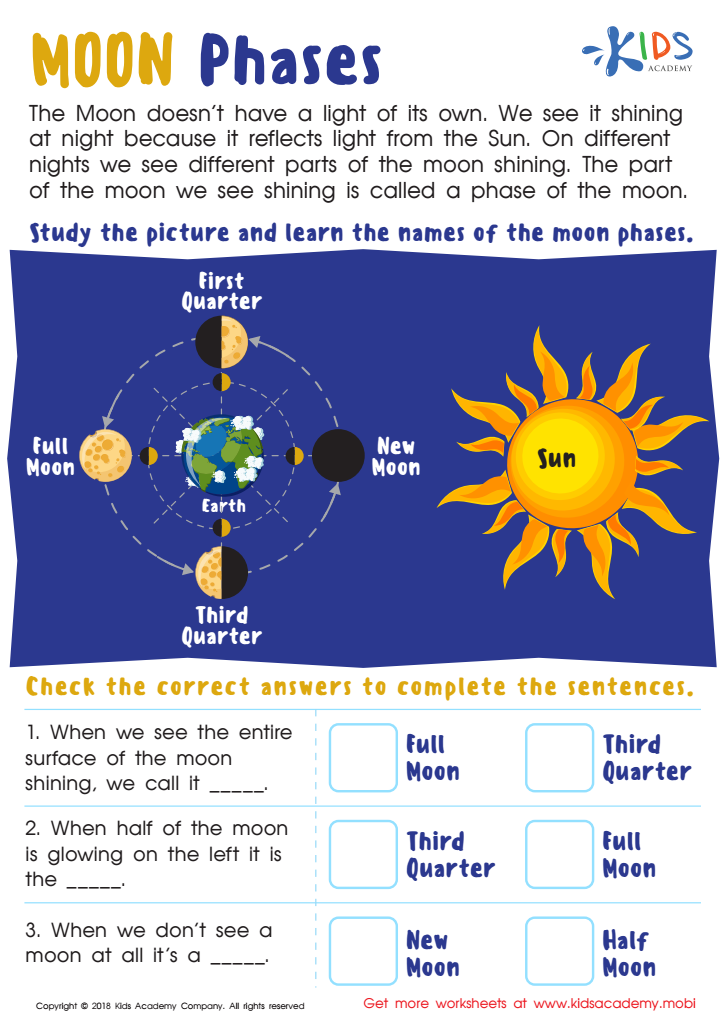

Moon Phases Worksheet
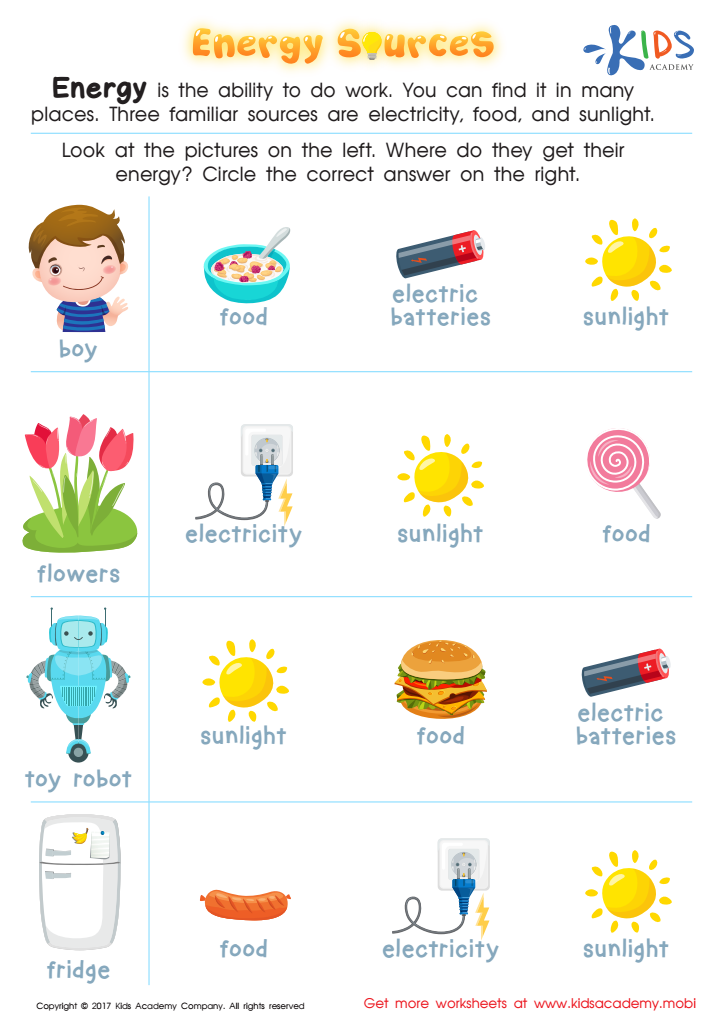

Energy Sources Printable
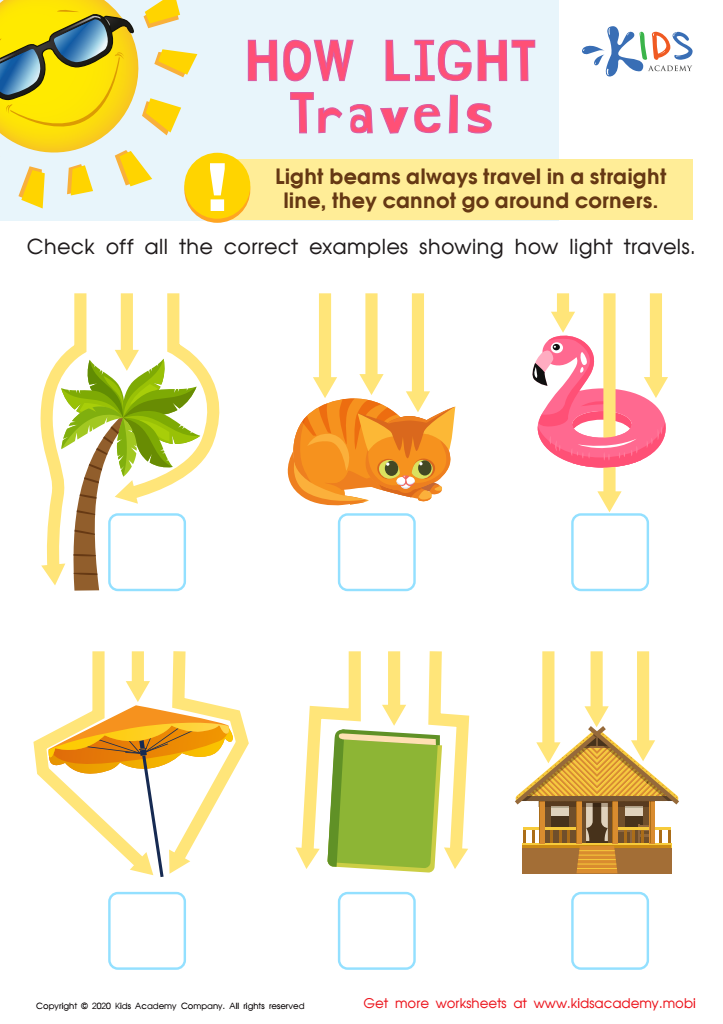

How Light Travels Worksheet
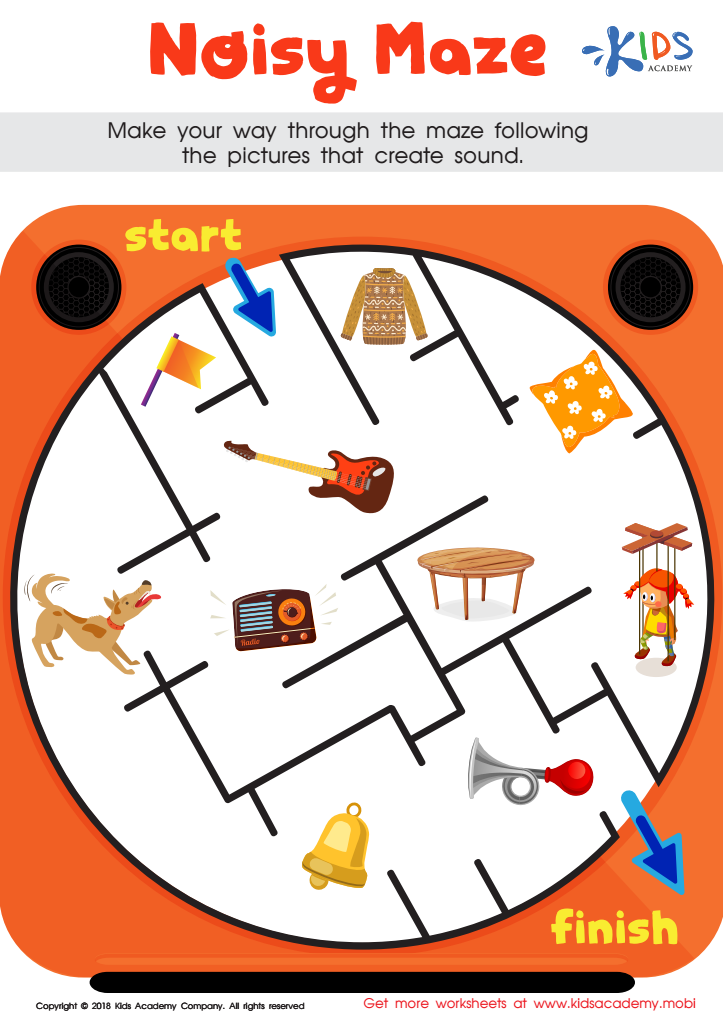

Noisy Maze Worksheet
Normal Physical Science worksheets for Ages 5-6 stand as an essential educational tool in laying the foundation of scientific understanding among young learners. At this pivotal age, children are naturally curious, eager to explore the world around them, and capable of absorbing vast amounts of information. These worksheets are specifically designed to harness this innate curiosity and channel it towards structured learning and discovery.
Integrating Normal Physical Science worksheets into the learning curriculum for ages 5-6 offers several compelling benefits. Firstly, they introduce young learners to basic scientific concepts in a manner that is both engaging and accessible. Through hands-on activities, experiments, and observational tasks, children begin to understand the principles that govern the physical world around them, such as gravity, motion, and the states of matter.
Moreover, these worksheets foster critical thinking and problem-solving skills. As children navigate through the exercises, they learn to ask questions, predict outcomes, and draw conclusions based on their observations. This not only enhances their scientific literacy but also builds a strong foundation for analytical thinking that will benefit them across all areas of study.
Additionally, Normal Physical Science worksheets for Ages 5-6 are designed to be interactive and fun, making learning a joyful experience. By incorporating elements of play and exploration, children are more likely to develop a lasting interest in science and a desire to learn more.
In conclusion, Normal Physical Science worksheets for Ages 5-6 are a valuable resource in educating young minds. They spark curiosity, promote critical thinking, and set the stage for a lifelong pursuit of knowledge and understanding in the fascinating world of physical science.

 Assign to My Students
Assign to My Students















